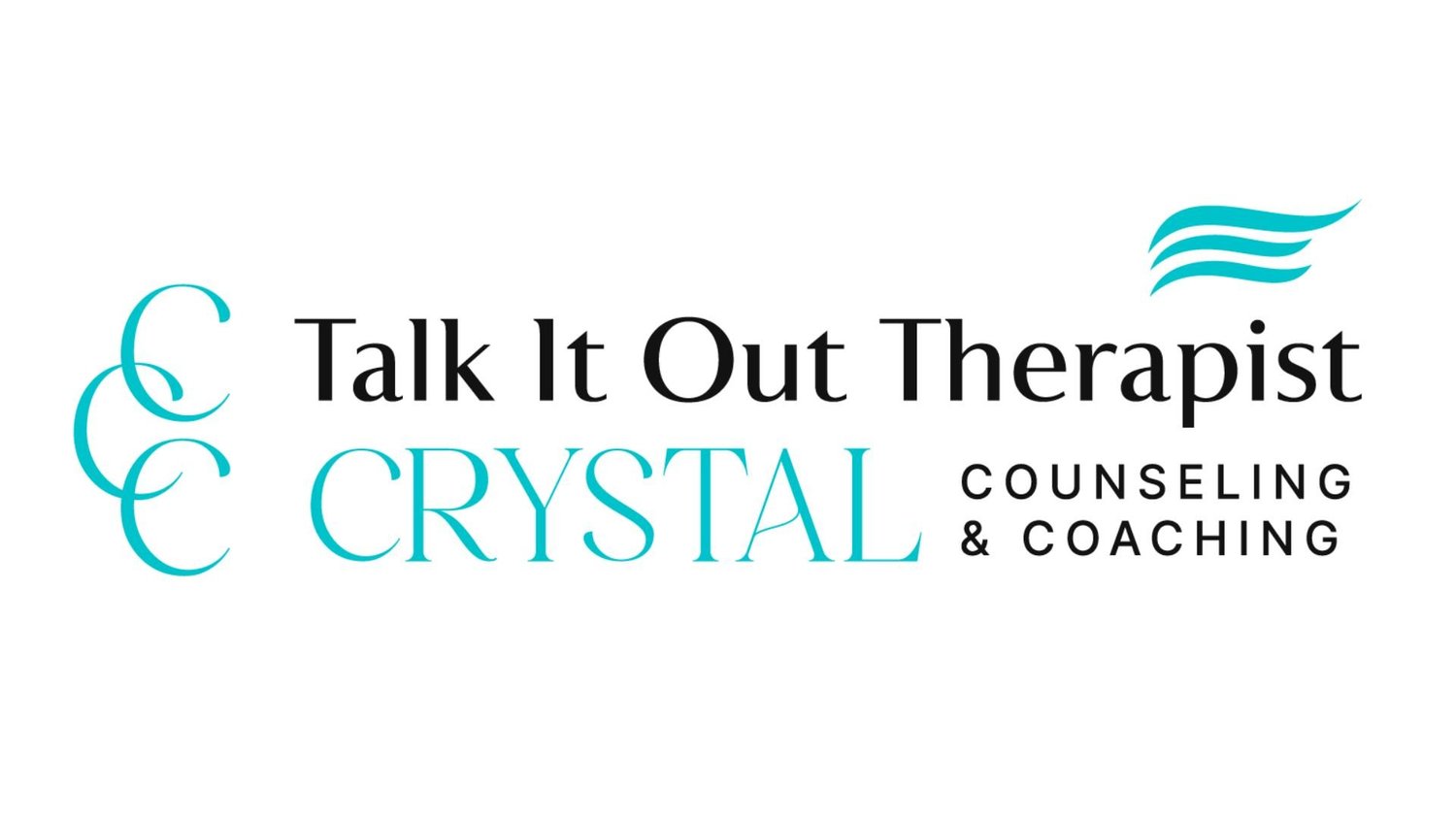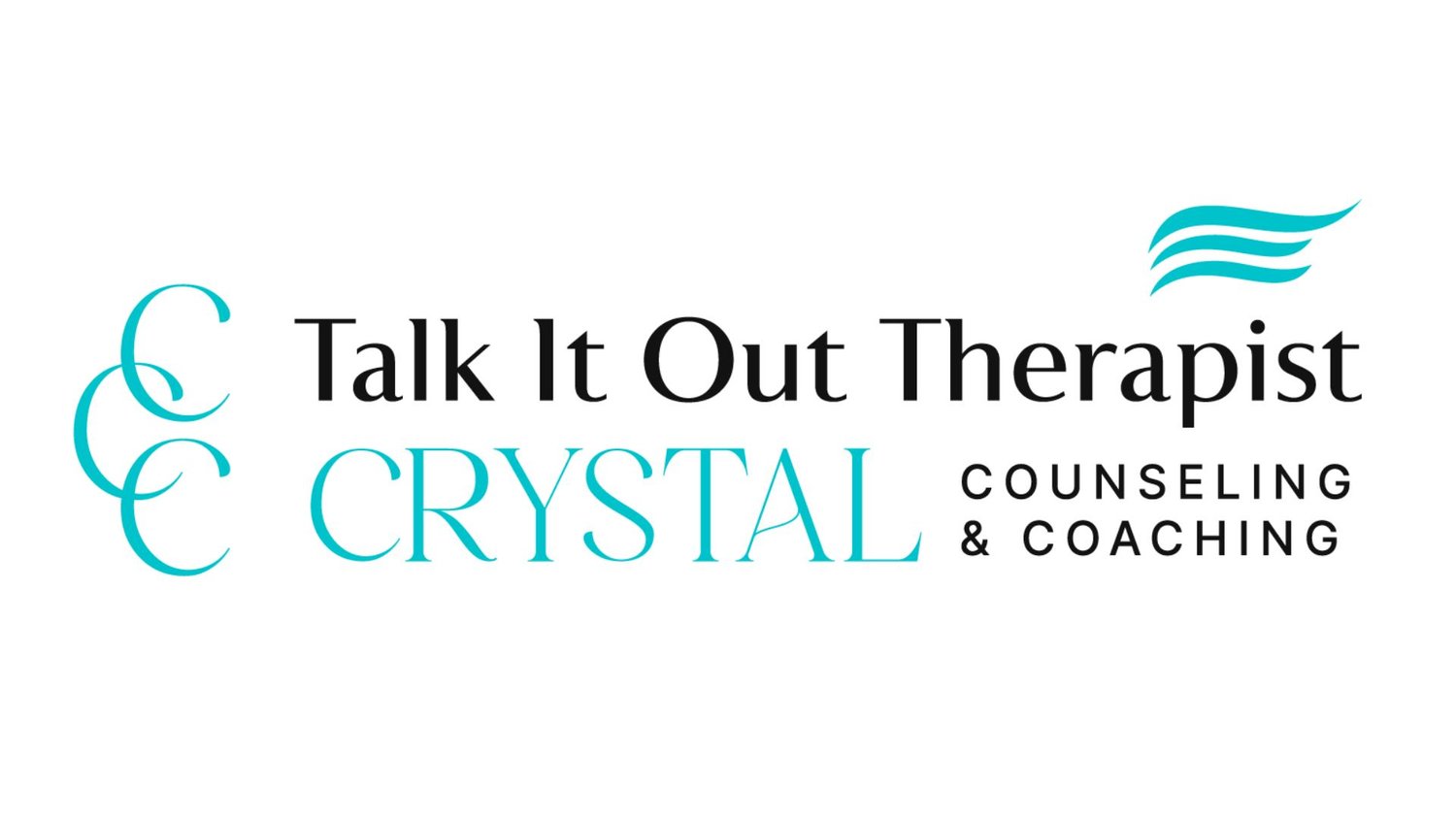Trigger Management – How to work through your triggers – avoidance doesn’t always work
Emotions are a form of communication and act as a conduit for relaying critical information – both to yourself and to others. When an emotional reaction to something is particularly distressing, it may be an emotional trigger.
What is an emotional trigger?
An emotional trigger is anything (a situation, person, word, or even a particular action) that elicits an automatic and intensely upsetting emotional reaction. Emotional triggers cause strong emotional reactions typically because they are associated with an unwanted memory, an uncomfortable topic, or a traumatic event. While emotional triggers can vary in degree of severity, everyone has emotional triggers, and all emotional triggers are specifically unique to everyone.
Emotional triggers can feel terrifying, angering, or extremely upsetting, and the experience of being triggered causes mental, emotional, and physical sensations very similar to fight-or-flight symptoms. Emotional triggers can be overwhelmingly powerful, and the emotional transition from calm to extreme anger or fear can occur within an instant. Particularly for people with severe or multiple emotional triggers, life and relationships can feel like a minefield.
The good news is that emotional triggers are not necessarily permanent, and by learning to manage your emotional triggers, you can reclaim control over your mind and body. Here are 9 ways to manage your emotional triggers.
How to manage emotional triggers
Identify your triggers.
Many triggers originate from past experiences. Common triggers may include unfair treatment, scolding, criticism, punishment, rejection, or betrayal. Triggers can also be more abstract such as feeling excluded, ignored, unwanted, or smothered. Triggers may even be hyper-specific, such as a particular word, gesture, song, or sound. Taking inventory of your triggers and appropriately labeling them as triggers can be a powerful first step to managing them.Listen to your mind and body.
Even if you maintain an external appearance of calm, you may still experience physical symptoms such as increased heart rate, abdominal pain, dizziness, difficulty breathing, shivers, or sweating. Suppressing, hiding, or ignoring your triggered reaction is ultimately unhelpful, and the more mindful approach is to give yourself an opportunity to listen to your mind and body. This may mean finding a way to excuse yourself for a moment so that you can recalibrate your emotions without distractions. You might go to the bathroom, get a drink of water, or go on a walk, but momentarily removing yourself from the triggering situation can establish a physical boundary and help you feel safe enough to listen to your body and process the triggered emotions in a healthy way.Engage in a grounding exercise.
If temporarily excusing yourself to emotionally recalibrate is not possible, there are still many things you can do discreetly in public to self-soothe. You can breathe by intentionally inflating your stomach with each breath which neurologically prompts your mind to be calm. You can also use your senses to regain mindfulness in the present moment. Let your eyes wander and see if you can find five different colors. Listen, and try to identify four different sounds. Touch three different textures such as the inside of your pocket, your hands, or your hair. Try to differentiate two different scents, and if possible, sip a drink or pop a mint in your mouth to taste something. By taking active control over what your senses are currently experiencing, you can help rescue your mind by centering it in the present moment.Understand the WHY behind the trigger.
Sometimes simply understanding why something, someone, or some circumstance is emotionally triggering can be enough to provide a sense of comfort in a triggering situation. Exploring the origin of your emotional triggers is helpful for many reasons. It brings clarity, it helps you become one step removed from the immediate response, and it can offer helpful insight to assess and navigate the situation appropriately. Often, the why is an unhealed trauma, and by uncovering and resolving that why, some people are able to heal and outgrow particular triggers altogether.Get curious about your triggers.
Curiosity fosters an attitude of mindfulness, and mindfulness is a very calming and soothing way to process complex emotional reactions. Helpful questions to ask yourself in triggered moments include:Can I remember a time in the past when I felt a similar way?
What does this situation, person, sound, etc. remind me of?
What about this current situation may be different from the past situation?
Communicate.
People generally don’t want to trigger you, and if they do trigger you, it is typically an accident. Because emotional triggers are so unique and personal, most people are unaware of how their words, tone, gestures, or actions may be upsetting to you. It is ok to respectfully communicate your trigger to someone after you have calmed yourself. For instance, if someone you are dating keeps inadvertently triggering you, you can use healthy communication techniques such as I-statements to politely address the situation. For example, “I like when we gently hold hands, but I feel nervous when you grasp my hand tightly.”Avoid avoidance.
Avoiding triggers is ultimately unhelpful, and it is important to note that denial is just another form of avoidance. Triggers can become stronger when they are avoided, and the longer they are avoided the more threatening they may seem or feel when they are inevitably experienced. Remember: triggers are normal. Experiencing complex emotional reactions is part of the human experience. It is only by accepting the reality of your triggers and owning your emotional reactions that you can manage your emotional triggers in a compassionate and healthy way.Know that there is hope.
It is possible to navigate triggering situations in a less distressing way, and many people eventually find freedom from their emotional triggers. Learning to manage strong emotional reactions when provoked takes time, effort, and practice, but the reward is worth the effort.Seek professional support.
These strategies for managing emotional triggers are great for coping with mild or occasional triggers, but if your triggers are more intense or frequent then professional help may be needed. Even if your emotional triggers never fully disappear, there are many options for trigger management that can be addressed in therapy. Especially if your triggers have disrupted your relationships or day-to-day life, therapy may be very helpful for long-term healing.
You are not alone
Being able to manage your emotional triggers is integral to experiencing good emotional health, and learning to take control of your emotional triggers can be profoundly liberating. If you would like to set up a therapy or coaching session, I offer convenient virtual services with an easy scheduling feature. Please contact me to request an appointment. I would love to hear from you! I am here to make quality care as easy and accessible as possible, so if you have any questions, please let me know.



